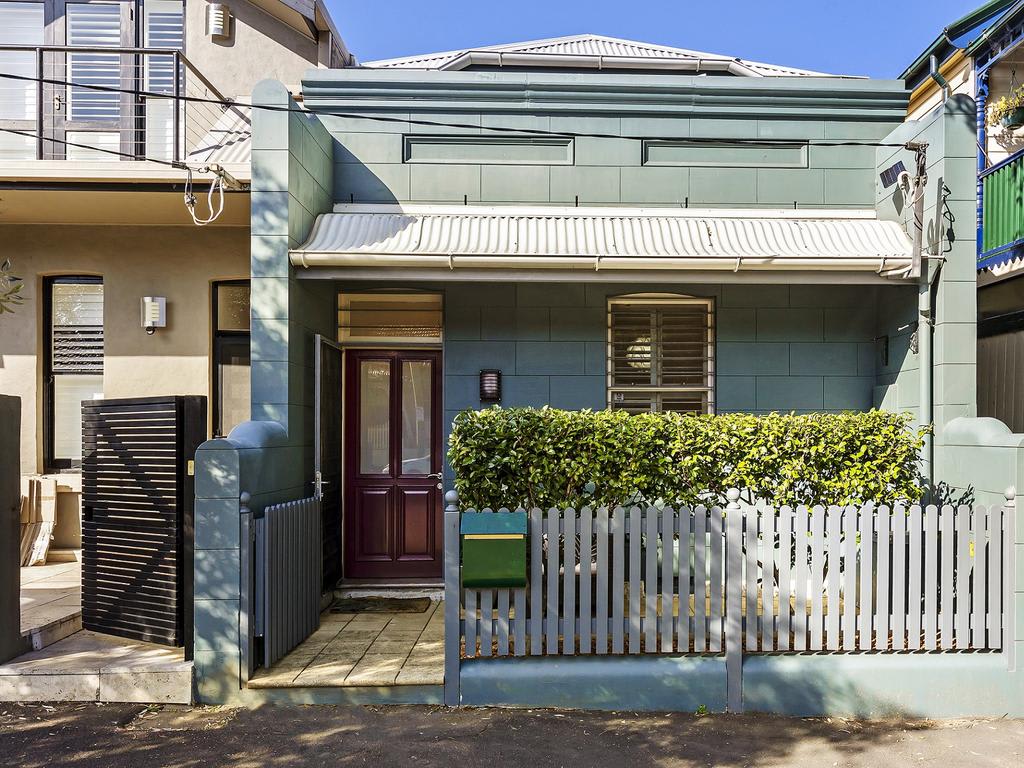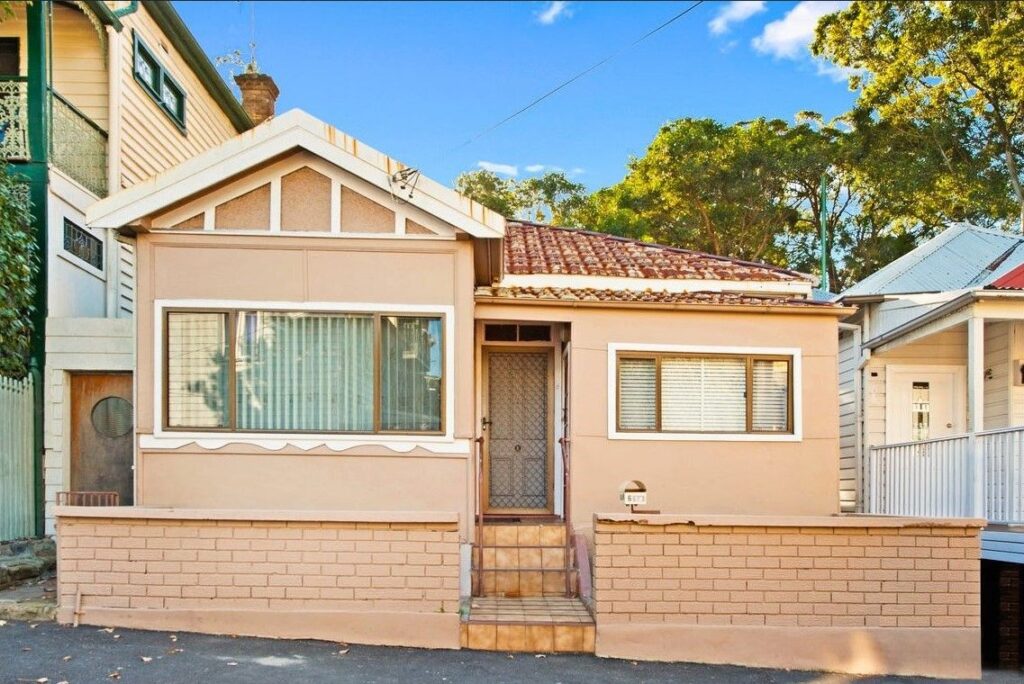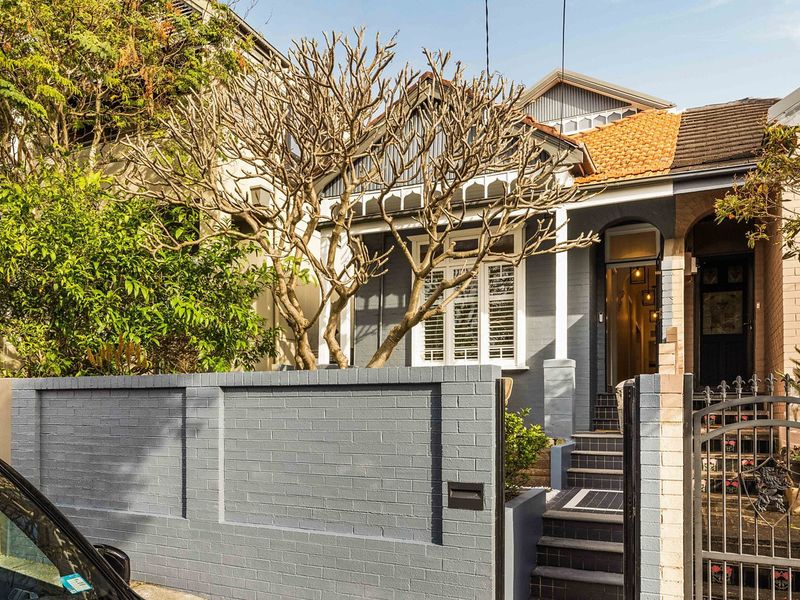Restoring a heritage home in Balmain is not just about preserving the past; it’s about creating a harmonious blend of history and modern living. As a vibrant suburb with a rich architectural diversity, Balmain offers unique opportunities and challenges for homebuyers and renovators alike. Whether you are a first-time buyer or an experienced investor, understanding the nuances of heritage home restorations can significantly enhance your project. Here are some essential tips from Balmain buyers agents that will guide you through the process of restoring a heritage home.
Understanding Heritage Listings and Regulations
Before embarking on a restoration project, it is crucial to understand the heritage listings and regulations that apply to your property. In buyers agency Balmain, many homes are classified as heritage-listed, which means they are protected by local and state laws aimed at preserving their historical significance.
Researching Heritage Status
Start by checking the heritage status of your property through the local council or the NSW Heritage Office. This will provide you with valuable information regarding any restrictions on alterations or renovations. Knowing the heritage status will help you avoid potential legal issues and ensure that your restoration aligns with conservation guidelines.
Consulting with Experts
Engaging with architects and builders who specialise in heritage restorations is essential. They can provide insights into the best practices for maintaining the integrity of the home while incorporating modern amenities. For instance, recent projects in Balmain, such as those by SAHA architects, showcase how historical preservation can be successfully combined with contemporary design.
Choosing the Right Materials
One of the most significant aspects of a successful heritage restoration is the choice of materials. Using appropriate materials not only respects the original architecture but also enhances the home’s longevity.
Sustainable Materials
With the rise in popularity of sustainable building practices, many renovators are opting for eco-friendly materials. According to industry reports, the use of sustainable materials in heritage renovations can introduce new cost variables, influencing pricing strategies and supply chain relationships. This approach not only reduces environmental impact but can also lower overall expenditure in the long run.
Matching Original Features
When selecting materials, it is vital to match the original features of the home. This includes sourcing bricks, timber, and fixtures that are in keeping with the period of the house. For example, if your heritage home features original face brick, consider using reclaimed bricks for any new additions. This attention to detail will help maintain the aesthetic continuity of the property.
Balancing Old and New
One of the most exciting aspects of restoring a heritage home is the opportunity to create a dialogue between the old and the new. Striking the right balance is crucial for a successful renovation.
Preserving Original Charm
Many homeowners opt to preserve the original charm of their heritage homes while adding modern conveniences. For instance, Visionata Architects successfully renovated a heritage house in Balmain, maintaining the character of the front portion while introducing a contemporary addition at the rear. This approach not only enhances functionality but also respects the historical significance of the property.
Innovative Design Solutions
Innovative design solutions can help integrate modern elements without compromising the home’s heritage value. For example, larger windows can be added to improve natural light, while still respecting the original façade. It’s essential to work closely with your architect to ensure that any new designs complement the existing structure.
Engaging with the Community
Restoring a heritage home is not just a personal journey; it’s also about engaging with the community. Balmain has a rich history, and many residents take pride in preserving its architectural heritage.
Connecting with Local Heritage Groups
Consider connecting with local heritage groups or community organisations. These groups often have valuable resources and insights into the history of Balmain’s architecture. They can also provide support and guidance throughout your restoration project, helping you navigate any challenges that may arise.

Participating in Local Events
Participating in local events, such as heritage walks or open house days, can provide inspiration and ideas for your restoration project. These events often showcase successful renovations and highlight best practices in heritage conservation. Engaging with the community can also foster a sense of belonging and connection to the area. You may visit https://scshelter.org/top-5-reasons-to-hire-a-dover-heights-buyers-agency-now/ to learn about top 5 reasons to hire a Dover Heights buyers agency now
Budgeting for Heritage Restorations
Restoring a heritage home can be a significant financial investment. Understanding the costs involved and budgeting accordingly is essential for a successful project.
Understanding Restoration Costs
Restoration costs can vary widely depending on the extent of the work required. According to a study on heritage home restoration costs, specialised tradespeople trained in sustainable techniques can reduce material waste by up to 40%, ultimately lowering overall expenditure. It’s important to factor in these potential savings when budgeting for your project.
Contingency Planning
When budgeting for a restoration, always include a contingency fund to cover unexpected expenses. Heritage homes can present unforeseen challenges, such as structural issues or the need for additional repairs. Having a financial buffer will help you navigate these challenges without derailing your project.
Working with Local Authorities
Engaging with local authorities is a crucial step in the restoration process. Understanding the requirements and obtaining the necessary permits can save you time and frustration.
Permit Applications
Before commencing any work, ensure that you have the appropriate permits in place. The local council will require detailed plans of your proposed renovations, and it’s essential to comply with all regulations to avoid potential fines or legal issues. Working with an architect familiar with Balmain’s heritage regulations can streamline this process.
Heritage Advisory Services
Many local councils offer heritage advisory services that can provide guidance on best practices for restoration. These services can help you understand the implications of your project and ensure that your plans align with heritage conservation objectives. Engaging with these services early in the process can lead to a smoother renovation experience.
Embracing the Journey
Restoring a heritage home in Balmain is a rewarding journey that requires careful planning, creativity, and a deep appreciation for history. By following these tips from Balmain buyers agents, you can navigate the complexities of heritage restoration with confidence.
Celebrating Your Achievements
As you complete your restoration project, take the time to celebrate your achievements. Whether it’s hosting a gathering in your newly renovated home or sharing your journey on social media, embracing the results of your hard work can be incredibly fulfilling.

Continuing the Legacy
Finally, remember that restoring a heritage home is not just about preserving the past; it’s about continuing the legacy for future generations. By investing in your home and the community, you contribute to the rich tapestry of Balmain’s architectural history.
In conclusion, restoring a heritage home in Balmain is a unique opportunity to blend history with modern living. By understanding the regulations, choosing the right materials, balancing old and new, engaging with the community, budgeting wisely, and working closely with local authorities, you can create a beautiful home that honours its heritage while meeting contemporary needs.

